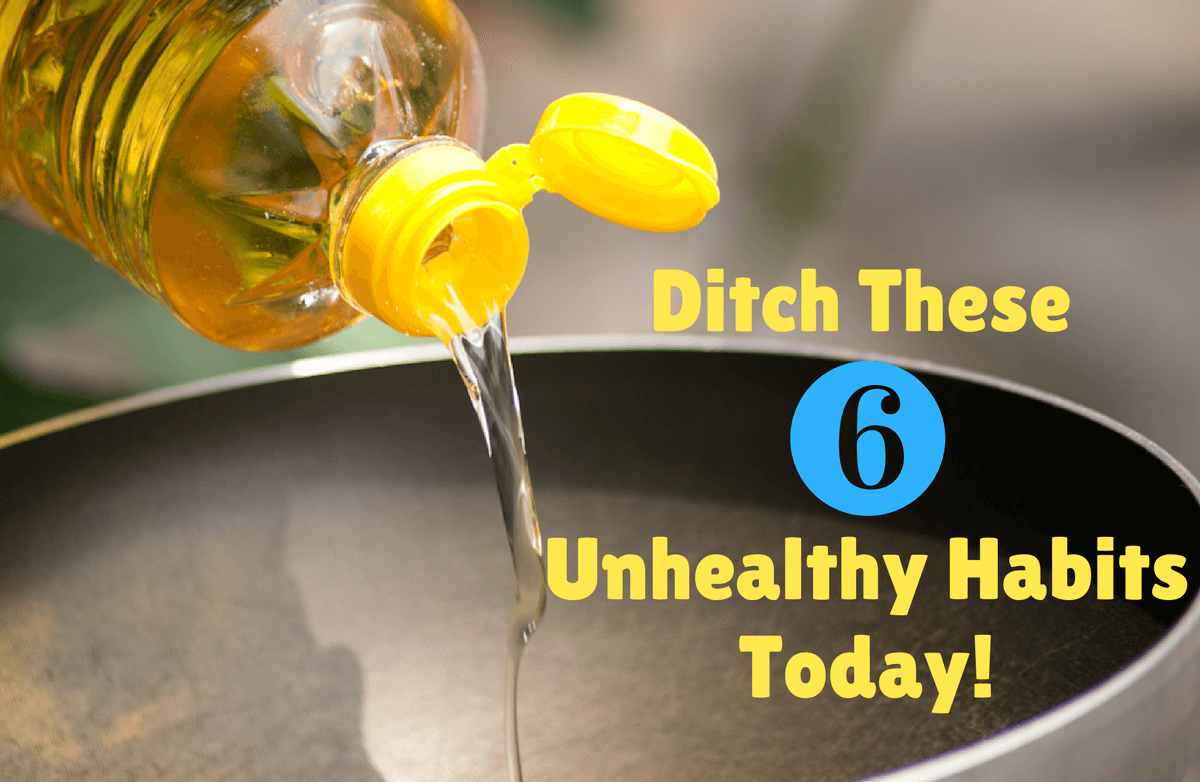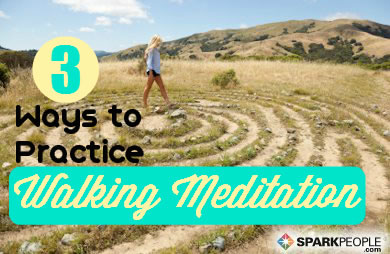|
Who can pass up a moist and tender barbecue sandwich, pulled chicken simmered in a slow cooker until it's falling apart, or, my favorite, Kentucky Burgoo, with several tender cuts in one bowl. These recipes, while quite different in ingredients, are all ideal for the slow cooker, and they yield the same fork-tender, falling-apart meat. What's the secret? What do all three of these recipes have in common? What's the common thread? Let's shift from the art of cooking to the science for a moment. That common thread is collagen, the connective tissue in meat. We all know that meat is basically bundles of muscle cells, with fibers embedded within that allow the animal to move. Connective tissue connects cells and tissues within the meat, like support hose or an athletic bandage. As you move, the fabric stretches and moves with you, supporting your movement. As the animals grow the muscle bulks up and the connective tissue toughens, offering more support. There are two kinds of connective tissue: elastin and collagen. Elastin is also known as "silver skin." You've probably encountered this situation. You take a bite of meat, you chew and chew, and it just won't break down! That stubborn bite likely contains elastin. Elastin will not soften or break down during cooking, no matter how long you cook it. You'll want to cut this off before cooking, along with any excess fat. Collagen is the other connective tissue, and it does break down during the cooking process. As collagen breaks down, it holds onto some of the juice released during cooking, resulting in succulent meat. Choosing meat for slow, low cooking When you choose meat, use the cut that the animal used for locomotion. According to SparkPeople's comprehensive guide to choosing cuts of meat, cut refers to the part of the animal the meat has been taken from. Most of the leaner cuts come from the animal’s hip or hindquarter region. "Round" or "loin" are keywords to look for when you want the leanest cut of meat (think top round, sirloin, top loin, tenderloin, eye round, etc.). When selecting ground beef, look at the percentages: 80/20% lean means the meat is 80% lean and 20% fat. Look for ground beef labeled 90/10% (or leaner). To assist with the nutritional analysis of your ground beef selection, check out this calculator developed by te USDA. See the chart below for a nutritional comparison of various cuts of beef. Choose cuts of meat with a large amount of connective tissue. Pork shoulder (Boston butt) is my favorite cut for barbecue. For beef, use shoulder, brisket, or skirt cuts. When choosing chicken to slow cook, select older whole chickens such as Capons or Roasters. They're older and tougher, which means they're great for this kind of cooking. This is not the time to practice your butchering skills. Keep the meat in larger cuts (1 inch cuts or cubes) or whole roasts and chickens. Let's get cooking
Want more healthy recipes from me and fellow SparkPeople members? Be sure to subscribe to SparkPeople's Recipe of the Day email. Click here to sign up! Did you know SparkRecipes is now on Facebook? Click here to "Like" us! Like this blog? Then you'll love "The SparkPeople Cookbook: Love Your Food, Lose the Weight." |
More From SparkPeople
|












.jpg)









